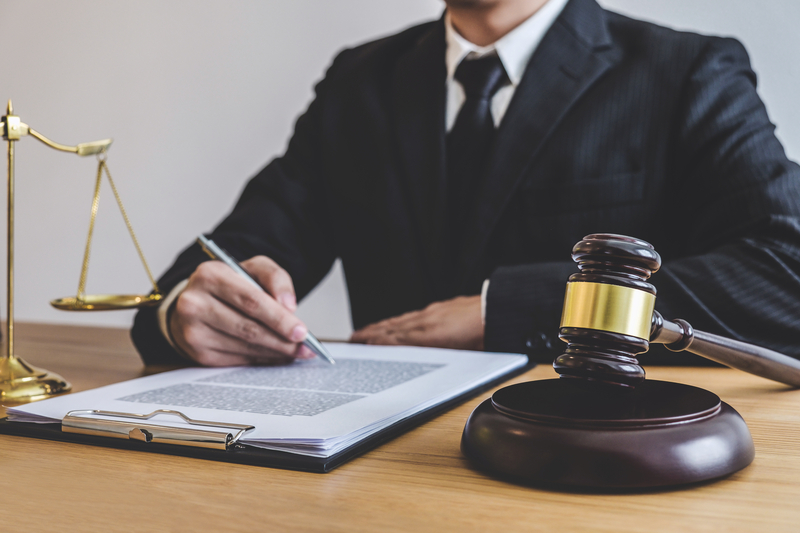Although Inter-partes Review (IPR) procedures before the United States Patent & Trademark Office (USPTO) is much less expensive to fully complete than patent litigation in US District Court, that is not true for the very first step. The first step in an IPR procedure (drafting the IPR petition) typically costs much more than the first step in US District Court litigation (the complaint) because the IPR petition must include your entire case. It is not a mere pleading like a complaint that can later be dynamically changed based on what is learned in discovery.
Due to estoppel and other rules, no new arguments, new bases for unpatentability, or new prior art can be added to an IPR petition after it is filed. It largely stands or falls, and ultimately wins or loses, based on what was originally filed. A good attorney must even consider and cure any future possible evidentiary objections to the primary prior art exhibits (authentication, written hearsay, etc) up front, before filing, or else the IPR petition can fail to be instituted or fail at the final written decision. The IPR petition is also typically supported by an expert declaration, which is additional significant work that is front loaded in the IPR petition process. The advantage of IPRs comes later; after the IPR petition and supporting exhibits and declarations are filed; most of the petitioner’s work is already done and the record is largely fixed, so the subsequent steps of the adversarial IPR process and hearing all cost less than the initial petition – the opposite of district court litigation and trials.
The American Intellectual Property Law Association conducts a biennial survey of the legal fees in the USA to prepare and file an IPR petition in various technical fields, and the cost to litigate the IPR after filing through motion practice and then to final written decision. Note that IPR procedures are a national scope practice before a federal body (the USPTO), so the most relevant numbers are the national averages and the spread about those – regional differences should be considered unimportant in this context.
If a case involves a design patent rather than a utility patent, or a very simple technology, or if the prior art searching has already been completed, the cost to prepare the IPR petition will be less than the published numbers. However, competently preparing an IPR petition can be a substantial legal task even when the disputed technology is simple. For example, if the petition will rely upon non-patent prior art publications, or past product advertisements as prior art, those will raise more serious and difficult evidentiary challenges than would patent prior art. The petitioner should expect the patent owner to argue that the non-patent publications or product advertisements lack authentication, are written hearsay, that their dates are unproven, and/or that they weren’t really or sufficiently publicly available to meet the printed publication requirement. Careful preparation and declarations to support prior art exhibits of the IPR petition can overcome evidentiary challenges, which is work that should be done up-front prior to filing the petition. Hence regardless of the simplicity or complexity of the underlying disputed technology in a case, meticulous legal work is usually needed to find the right declarants and prepare declarations up-front to overcome likely evidentiary objections to non-patent publications and past product advertisements.


